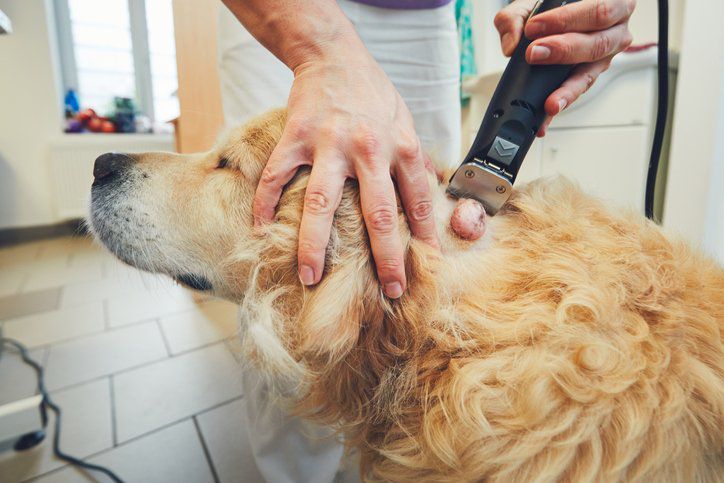Unmasking Canine Cancer: How Do Dogs Act When Afflicted
Dogs Can Smell Cancer | Secret Life Of Dogs | Bbc Earth
Keywords searched by users: How do dogs act when they have cancer stages of dog cancer leading to death, does my dog have cancer quiz, signs a dog has cancer, how do dogs get cancer, my dog has cancer when do i put him down, most aggressive dog cancer, my dog has cancer and is panting, dog has cancer, but acts fine
What Are The First Signs Of Cancer In Dogs?
Recognizing the early signs of cancer in dogs is crucial for timely intervention and treatment. While our furry companions can’t communicate their discomfort verbally, there are several observable indicators that may suggest the presence of cancer. These include the appearance of lumps and bumps on the body, unusual odors emanating from the dog, abnormal discharges from various orifices, wounds that don’t seem to heal, unexplained weight loss, alterations in appetite (either an increase or decrease), persistent coughing or labored breathing, a noticeable decrease in energy levels and overall activity, changes in bathroom habits (such as frequent urination or difficulty defecating), and signs of pain or discomfort, which may manifest as limping or vocalizing when touched. By being vigilant and recognizing these early warning signs, pet owners can seek prompt veterinary care to provide their beloved dogs with the best chance of overcoming cancer.
How Do I Know If My Dog With Cancer Is Suffering?
Determining whether your dog with cancer is experiencing suffering can be a challenging task, but there are key indicators to watch for. If your dog exhibits behavior that deviates from their usual demeanor, it may suggest they are in discomfort or pain. Common signs of pain in dogs, especially those with cancer, encompass various behaviors, including but not limited to:
- Limping or favoring certain limbs.
- A noticeable loss of appetite, leading to reduced food intake.
- Changes in their activity level or reluctance to engage in previously enjoyed activities.
- Vocalization, such as whining or whimpering, which may indicate discomfort.
- Restlessness or difficulty finding a comfortable position.
- Increased aggression or irritability, potentially due to discomfort.
By paying close attention to these signs, you can gain valuable insights into your dog’s well-being and take appropriate action to ensure their comfort and quality of life. Please consult with a veterinarian for a thorough evaluation and guidance on managing your dog’s condition. (Updated information as of September 2021).
Aggregate 22 How do dogs act when they have cancer


:max_bytes(150000):strip_icc()/could-your-dog-have-cancer-1482937670-2000-4304a2d8910a48a0bb903ee5638e8c4e.jpg)



Categories: Details 86 How Do Dogs Act When They Have Cancer
See more here: qua36.com

Lymphoma: End-stage disease can cause dogs to act very lethargic, vomit, have diarrhea, eat less or have no appetite, and lose weight. If the lymph nodes are very large, they can affect breathing because they are blocking the throat. You may notice that your dog has trouble breathing or noisy inhalation (stertor).Lumps and bumps, abnormal odors, abnormal discharges, non-healing wounds, weight loss, change in appetite, coughing or difficulty breathing, lethargy and decreased energy, changes in bathroom habits, and evidence of pain can all be warning signs of cancer in pets.It may sound vague, however, if your dog begins displaying any behavior that is not typical for them, it could be an indication of pain. Some of the most common signs of pain in dogs include: Limping. Loss of appetite.
Learn more about the topic How do dogs act when they have cancer.
- Are There Signs That a Dog is Dying From Cancer? – PetMD
- What are Common Warning Signs of Cancer in Pets?
- How Do I Know If My Pet Has Pain From Cancer? | Vienna Vets
- Can a Dog Tell if You Have Cancer? – Wag!
- Dog Cancer – Diagnosing and Treating Cancer in Dogs
- Early Cancer Warning Signs: 5 Symptoms You Shouldn’t Ignore
See more: https://qua36.com/category/cooking blog